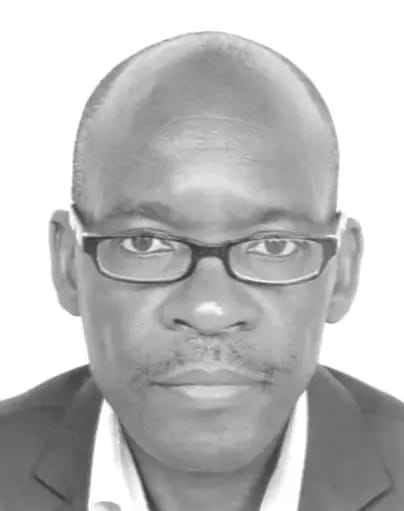
SALIMA-(MaraviPost)-Parliamentary Chairperson of Health, Anthony Masamba, has urged Members of Parliament (MPs) and key health stakeholders to translate dialogue into decisive action as he delivered his closing remarks at a high level meeting on Sexual and Reproductive Health and Rights (SRHR) on November 29, 2025.
Speaking before lawmakers, officials from the Reproductive Health Directorate, facilitators and other resource persons, Masamba commended participants for a productive day of engagement, saying the discussions must now fuel tangible change in policy, budgeting and community level interventions.
He stressed that the issues tackled women’s sexual and reproductive health rights, access to quality services and safe abortion care remain fundamental to women’s wellbeing and the nation’s development agenda.
These issues, he said, continue to determine the future of millions of women and girls in Malawi.
Masamba highlighted that while progress has been made in some Sustainable Development Goals (SDGs), such as access to safe drinking water, the country still lags significantly on SDG 3, which targets reduced maternal mortality and universal access to reproductive health services, including family planning.
He reminded participants of five core truth development cannot be achieved without prioritizing women and girls reproductive health is central to women’s participation in national progress,autonomy over childbearing empowers women in all aspects of life, access to SRHR services is essential and the poor and marginalized remain the most excluded from vital reproductive health care.
Addressing Malawi’s international commitments, Masamba cited the Maputo Protocol, to which the country is a signatory, as a cornerstone for protecting women’s rights including access to healthcare and reproductive autonomy.
He also referenced the SADC SRHR Strategy, describing it as a strong guiding framework for integrating quality services, information and rights based approaches across the region.
On the recent High Court ruling related to unsafe abortion, Masamba said the decision presents an opportunity for sober reflection.
He urged stakeholders to assess the ruling’s implications, engage in broad consultations and consider policy pathways that safeguard the rights, dignity and health of all Malawians, especially vulnerable groups.
He reaffirmed Parliament’s readiness to continue collaborating with health advocates, government agencies and civil society to ensure that the rights of women and adolescents are protected and promoted.
Masamba however challenged participants with a critical question, “How many of you have done costing for safe abortion care and can submit it to Government and Parliament for inclusion in the national budget?”
He emphasized that without concrete costing and budget alignment, the country risks stalling progress on vital SRHR commitments.
Masamba ended his remarks by wishing all participants good health and safe travels, reminding them that the true value of the meeting lies in ensuring that the recommendations made are implemented collectively.
Masamba is Malawi Congress Party (MCP) legislator for Mchinji North East constituency with journalism and public health backgrounds.
Discover more from The Maravi Post
Subscribe to get the latest posts sent to your email.























